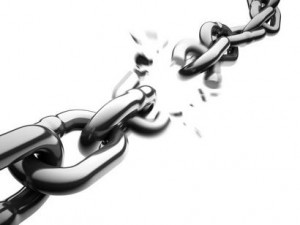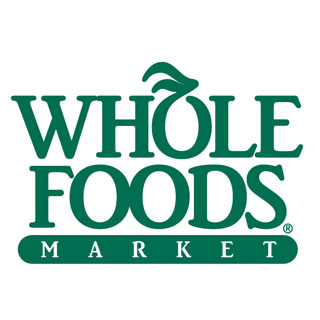Boeing gets grip on 787 supply chain with upsized jumbos
According to Boeing officials and reports, they have begun to take back into organization their supply chain management. Their new hook on their global supply chain will increase production of their new, “Dreamliner” jets. On there other hand, there are many people who believe that this increase in production from new supply chain management will, “expose new supply bottlenecks” (Kelly, 1). Boeing has had past trouble with their deadlines on production. They have numerously delayed their scheduling because of management issues. Boeing has had, “difficulties managing 325 suppliers building parts for the 787 at 5000 factories worldwide” (Kelly, 3). Boeing plans to raise their carbon-composite jets per month by one and a half. This target increase in production is expected to be very difficult to achieve, but they believe it is possible. Jeffery Luckey, a supply chain management executive at Boeing, said, “We are currently on a path to achieve ten [per] month” (Kelly, 7). This jet’s production is the most outsourced in Boeing history. One company outside the US working on the jet is the Fuji Heavy Plant in Nagoyia. This plant is the sole supplier of a one-of-a-kind fuselage needed for the Boeing jet. Boeing’s planned production increases will increase strains on suppliers such as these creating new bottlenecks in the supply chain (Kelly, 8-9).
As we have learned from chapter 11, bottlenecks can be created when there is one process in the production that is essential to the product and can take a long period of time. Boeing is seeing new bottlenecks appear because of their increases in production scheduling. It is interesting to see how new supply chain management problems occur and what implications they can have on outsourcing and global supply. Boeing, if their production process is going to fit their production schedule, needs to manage the new bottlenecks that are going to occur because of their increased demand. They will have to take into account the abilities and capacities of their suppliers when making there forecasts, and release work orders at the adjusted rate from the bottleneck. One idea Boeing could look into would possibly be searching for methods to increase the capacity of their bottlenecks so that overall system capacity can increase. Moreover, changing production forecasts and changing supply chain management strategies will always require adaptations to resulting problems such as new bottlenecks, starving, or blockings.
Boeing has been increasing their production schedules because of increased demand for their 787 Dreamliner Jets. They are forecasting higher production rates despite possible bottleneck problems and other supply chain management issues. Do you believe that Boeing should take outsourcing needed for these increases in production into account? When using supply chain management to maximize shareholder value, should the ethics of outsourcing always been taken into account by managers? Do you believe Boeing will be able to effectively manage their vast supply chain in filling the 824 orders for Dreamliners and Dreamlifters?
Boeing Dreamliner Jet




